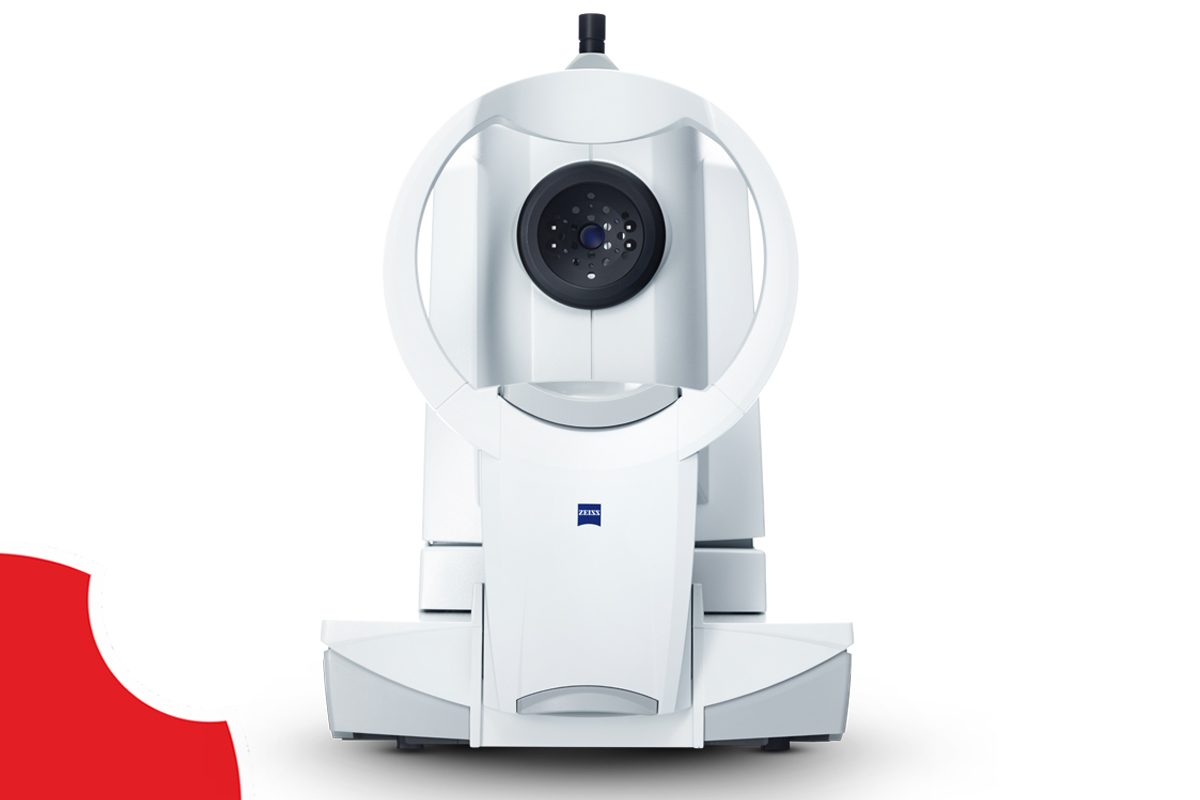
Book an Appointment
Symptoms of cataract
Causes of cataract
Factors that increase the risk of cataract
Diagnosis
Visual acuity test
A visual acuity test uses an eye chart to measure the sharpness of the eye. Both the eyes are tested one at a time in this test. A chart with letters is used to determine the vision of a patient.
Slit-lamp examination
A slit lamp exam allows your doctor to check the different structures at the front end of your eye. The microscope uses a slit lamp to illuminate the cornea, iris, lens, and the space between the iris and the cornea.
Retinal exam
In this test, the doctor puts drops in the eye to open the pupils wide and uses the slit lamp to see the back of the eye clearly.
FAQ
What is Cataract?
A cataract is a clouding (protein deposition) of the natural lens in the eye. It causes blurring/diminution of vision, difficulty in driving at night. The main cause of cataract is old age. Other causes could be trauma, diabetes and staying on long term medications like steroids.
What are the symptoms of Cataract?
- Decreased/Blurry vision
- Glare at night
- Eye Strain
- Coloured halos
What is the treatment for Cataract?
Surgery is the ONLY treatment for cataract. This includes removal of the cataractous lens and implanting a synthetic clear intraocular lens. The surgical procedure to remove a cataract is called Phacoemulsification or Phaco Surgery.
What are the advantages of Phaco Surgery?
- Small incision size (1.8 mm to 2.2 mm)
- Don’t have to stay at the hospital
- Better Vision
- Quicker return to normal daily activities
What are the types of lenses that are implanted during a Phaco surgery?
A variety of lenses are available. Before the surgery, your doctor will discuss with you what lens works best for you according to your lifestyle.
Types of lenses:
- Monofocal – Monofocal lens will free you of glasses for mid-range, but for a long-distance reading you will be required to use glasses.
- Multifunctional/Trifocal – This lens will free you of glasses for both distance and near vision.
- Toric Lenses – If the patient has cylindrical eyesight, a Tropical lens can be used to correct the situation.
What is the lifespan of an IOL implanted in the eye?
IOLs last for a lifetime.
How much time does the surgery usually take?
The surgical time is 15-20 minutes. The total time a patient spends in the hospital ranges from 3-4 hours including pre and post-operative care. The patient does not have to stay at the hospital.
What are the precautions one should take after the surgery?
- Routine for application of eye drops should be maintained strictly.
- Use the protective white glasses which have been provided for one week. Wearing dark glasses is not required.
- Protect your head and face from getting wet for one week while taking a bath.
- There is no specific diet restriction, walking around inside the house will show some quick improvement.
Will I have a good vision after Cataract surgery?
Yes, your vision will improve after the removal of cataract provided there is no retinal or optic nerve pathology.
What if I have Cataract in both eyes, will they be operated on the same day?
A doctor usually schedules the surgery of another eye once the first eye has healed. (approximately after 5-7 days)
Can I get Cataract again?
No, you cannot get cataract again. But, yes you can face capsular opacification (commonly known as chari) after cataract. This condition may cause you a blurry vision. The opacification can be removed using a YAG Laser (OPD procedure).
Why should I opt for MM Chokshi Medical Centre for my Cataract Surgery?
Quality
- The devices and disposables which are being used are approved by the US FDA.
- High end and scientifically approved premium IOLs.
- Image-guided cataract surgery with IOL Master 700 Zeiss Lumera – I Microscope, Callisto and Centurion Phaco Machine(Gold)
Safety
- Single-use medical supplies
- Strict aseptic precautions
- Highly sterilized OT
- Weekly evaluation of OT
- Backup of Phaco machine and microscope
Benefits:
- No injection
- No patch
- No dark glasses
- Fast recovery
- The patient can go home the same day
